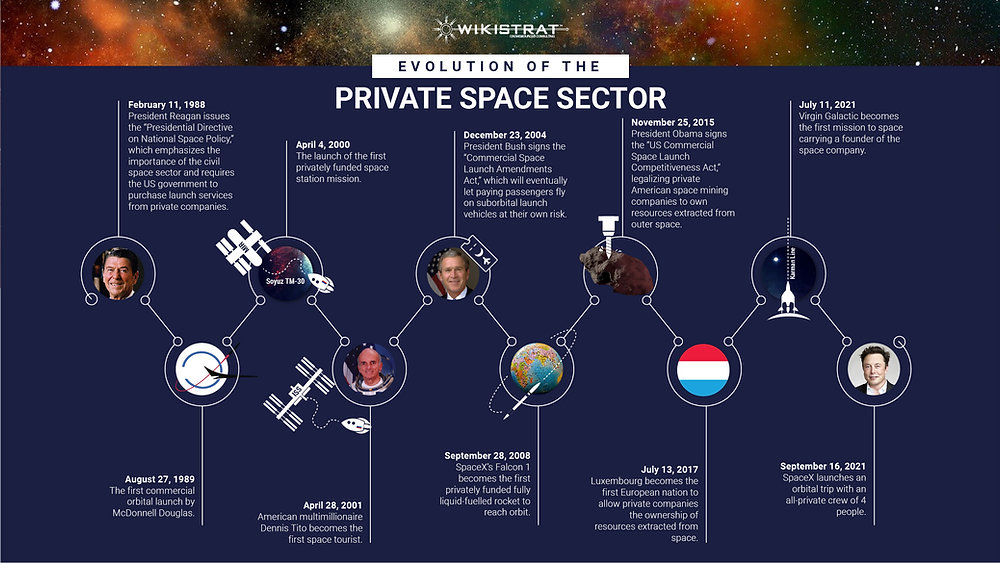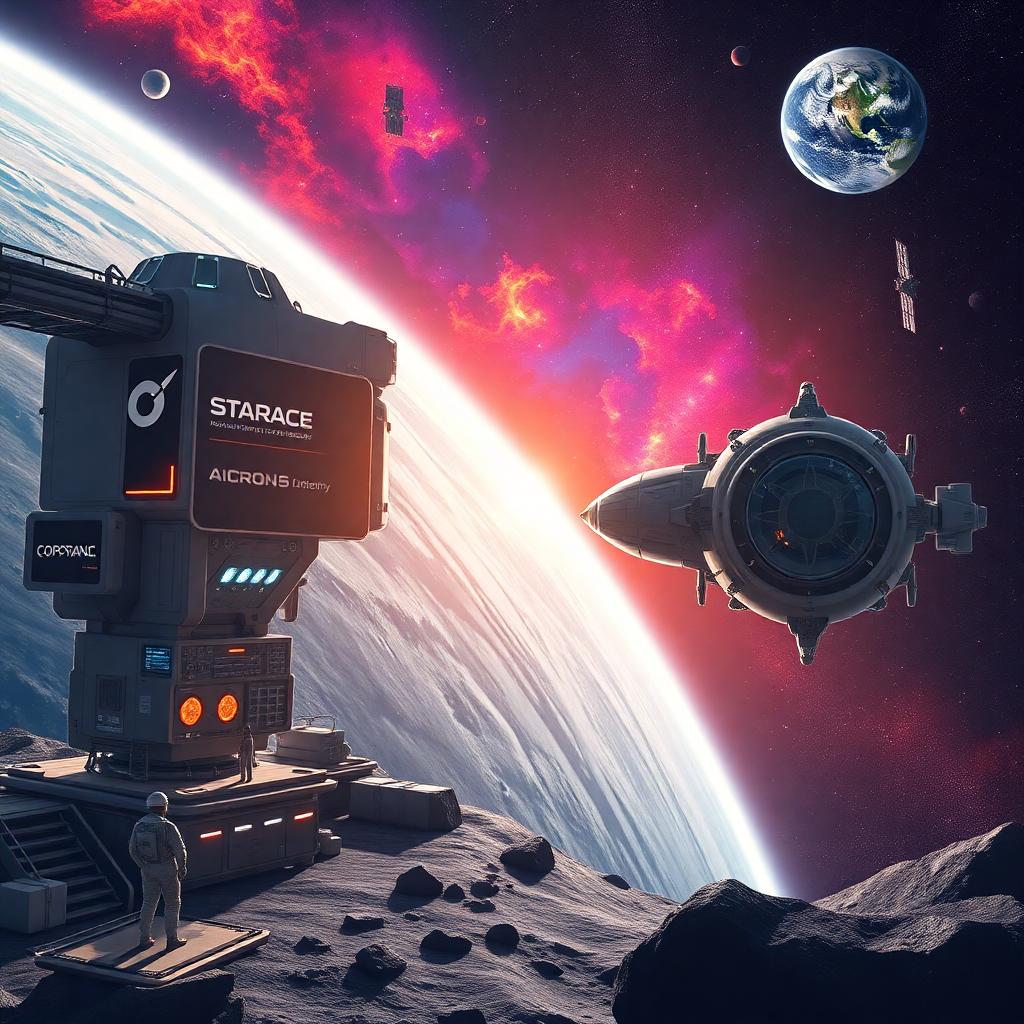Private vs Government Space Missions The real question of the day ,The space industry has undergone a profound transformation in recent decades. What was once the exclusive domain of government-funded space agencies like NASA, Roscosmos, and ESA is now being challenged by a new wave of private companies such as SpaceX, Blue Origin, and Rocket Lab. As private and government-backed space missions continue to develop, an inevitable question arises: Who will dominate the final frontier? This article explores the differences, advantages, and challenges of private and government space missions, analyzing their future roles in space exploration. stay with US
The Evolution of Space Exploration ( Private vs Government Space Missions )
The Government Era (1950s – 2000s)
The Space Race of the mid-20th century was dominated by government agencies. The Soviet Union’s Sputnik 1 (1957) and Yuri Gagarin’s first human spaceflight (1961) were major milestones that prompted NASA to land humans on the Moon in 1969. Throughout the Cold War, space was a battlefield for national prestige, with billions of dollars spent on missions like Apollo, the Space Shuttle, and the International Space Station (ISS).
Government missions focused on:
- National security and geopolitical dominance
- Scientific discovery and planetary exploration
- Large-scale infrastructure projects like the ISS
- Space-based defense technologies such as missile detection and reconnaissance satellites

The Rise of Private Space Companies (2000s – Present)
The 21st century ushered in a new era of commercial spaceflight, driven by ambitious entrepreneurs and declining costs. SpaceX, founded by Elon Musk in 2002, disrupted the industry by developing reusable rockets and significantly lowering launch costs. Other companies like Blue Origin (Jeff Bezos) and Virgin Galactic (Richard Branson) soon followed, targeting both orbital and suborbital flights.
Private space missions focus on:
- Cost-efficient satellite launches and cargo transport
- Space tourism and commercial space stations
- Mars colonization and deep space exploration
- Development of private space habitats for research and business activities
Comparing Government and Private Space Missions
1. Funding and Budget
- Government Agencies: Funded by taxpayer money, subject to political cycles, and often limited by budget constraints. NASA’s annual budget in 2023 was $25.4 billion, while China’s CNSA continues to increase funding for ambitious lunar projects. Political shifts can impact long-term funding, delaying or canceling missions.
- Private Companies: Funded by investors, commercial contracts, and billionaires. SpaceX generates revenue through satellite launches, Starlink, and NASA contracts, reducing dependency on government funding. However, reliance on investor capital makes them vulnerable to market downturns.
2. Technology and Innovation
- Government Agencies: Focus on long-term projects, scientific missions, and technology development (e.g., James Webb Space Telescope, Mars Rovers, Artemis Program). Government-backed research has led to groundbreaking technologies such as ion propulsion and deep-space communication systems.
- Private Companies: Develop cost-effective, reusable rocket technology (e.g., SpaceX’s Falcon 9, Starship, Blue Origin’s New Shepard), rapidly iterating and commercializing new technologies. The private sector’s flexibility allows for rapid testing and improvements.

3. Cost Efficiency and Speed
- Government Missions: Often face bureaucratic inefficiencies and high costs due to risk-averse policies and long-term planning. Delays and overruns are common, as seen in projects like the James Webb Space Telescope and NASA’s Space Launch System (SLS).
- Private Missions: Operate under a profit-driven model, leading to faster development cycles and lower launch costs (e.g., Falcon 9 launches for ~$67 million vs. Space Shuttle’s ~$1.5 billion per launch). Private firms prioritize cost-effective engineering solutions and automation.
4. Exploration vs. Commercialization
- Government Agencies: Prioritize scientific research, space exploration, and international collaboration (e.g., Mars rovers, asteroid missions, ISS research). Governments are more likely to fund high-risk, low-return missions such as deep-space probes.
- Private Companies: Focus on profitable ventures, including space tourism, satellite services, and asteroid mining. The commercial space sector is exploring opportunities in in-orbit manufacturing and pharmaceutical research in microgravity.
Who Will Dominate the Future in this fight of Private vs Government Space Missions ?
Government’s Role in Future Space Missions
Governments will remain essential for deep space exploration, planetary missions, and regulatory oversight. Programs like NASA’s Artemis mission (returning humans to the Moon) and China’s lunar base plans demonstrate that public investment remains critical for ambitious missions beyond Earth.
Key strengths of government space programs:
- Long-term funding for deep-space missions
- International cooperation (e.g., Artemis Accords, ISS partnerships)
- Strong regulatory and security framework
- Ability to undertake unprofitable but essential research missions

Private Companies’ Expanding Influence
Private space companies will likely dominate low Earth orbit (LEO) and commercial spaceflight. SpaceX’s Starship is designed for interplanetary travel, while Blue Origin’s Orbital Reef aims to be the first commercial space station. Commercial missions are also exploring in-space manufacturing, which could revolutionize material science and biotechnology.
Key advantages of private companies:
- Lower costs and faster innovation cycles
- Expansion of space tourism and private stations
- Commercial viability for lunar and Mars missions
- A competitive marketplace driving technological advancement
A Collaborative Future?
Rather than direct competition, the future may involve public-private partnerships. NASA already outsources cargo and crew transport to the ISS via SpaceX and Boeing. China’s Tiangong space station may host commercial partners in the future. This hybrid model allows governments to focus on exploration while private firms handle logistics and commercialization. Companies like Axiom Space are even planning to develop commercial space modules that can eventually replace the ISS.
You can Also read : List of Missions to Mars : 14 Amazing Mission to The Red Planet + Also Future plan
Conclusion
The final frontier will not be dominated by either private companies or government agencies alone, but rather through collaborative efforts. While governments lead in exploration, policy, and research, private companies drive cost efficiency, innovation, and commercialization. The next decades will likely see an interconnected space economy, where public-private partnerships shape humanity’s future beyond Earth. The dream of interplanetary colonization and resource extraction may depend on how well these two sectors can work together to push the boundaries of space exploration.
References
NASA. (2023). “NASA Artemis Program.
SpaceX. (2023). “Starship and the Future of Space Travel.
Axiom Space. (2023). “Building the Future of Commercial Space Stations.



